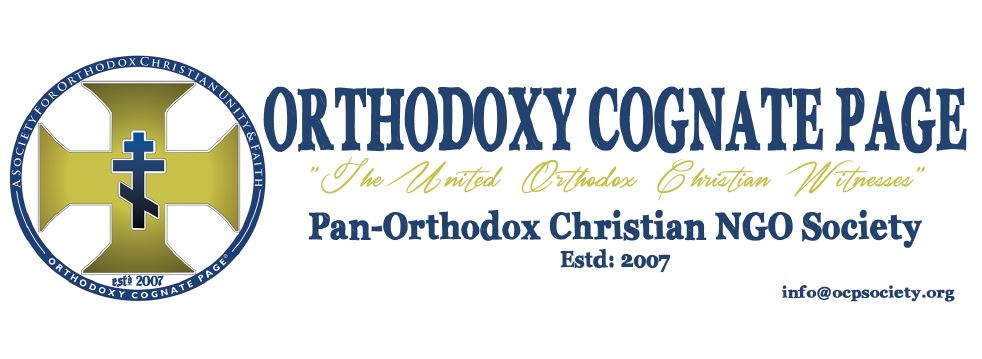State of Fear: Syria’s Christians Face the Specter of Civil War and Sectarian Violence
By Kurt J. Werthmuller
3/2/2012
Will the endangered Christian communities of the Middle East survive?
Editor’s Note: This is a part of a multi-part series on Christians in the Middle East. See Dr. Werthmuller’s comments on Egypt here and here, as well as his introduction to the series.
On a hill above the ancient, well-worn route between Aleppo and the Syria border with Turkey, one can easily tramp up to the ruins of what was once a massive basilica complex from Late Antiquity. The now-dilapidated Byzantine structure was originally built around the site of one of the most colorful and influential figures of 5th-century Christianity: Simeon the Stylite, who spent decades—literally—sitting atop a stone pillar to demonstrate his ascetic commitment to Christ. One could easily read within these sad and magnificent ruins a broader symbolism of the fading light of Syrian Christianity, largely forgotten, or perhaps ignored, by Christians elsewhere in the world. To do so with mere resignation, however, is to commit the common mistake of valuing the Middle East only for its antiquities, instead of turning our eyes to those millions of Christ’s followers who remain in Syria, comprising some 10 percent of the nation’s 20 million inhabitants—and who are at particular risk from the current chaos enveloping the country.
Recognizing the unique religious diversity of Syrian society is the key to understanding the precarious position of the nation’s Christian community amidst the present crisis.
Since the Middle Ages, the varied geography of Syria, like its smaller Lebanese neighbor to the west (which were not separate political entities until less than a century ago), has tended to attract the settlement of religious sects on the fringes of “mainstream” (e.g., Sunni Arab) Middle Eastern society. In this context, the Sunni majority surrounds not just one ethnic or religious minority—unlike the context of the Egyptian Copts—but rather a whole series of historically marginalized communities: Kurds, Druzes, Alawis, Circassians, Ismailis, and others. In Syria, these groups could find isolation when necessary, like Mt. Druze, but still make use of the country’s busy commercial routes, bustling urban centers, and fertile countryside.
Christians had understood this dynamic even before the 7th-century Islamic conquests, after which bilad al-sham (“the northern lands,” or Greater Syria) came to represent the borderlands between Muslim and Byzantine rule. Assyrians, Armenians, Nestorians, and other Christian sects had been on the outs with Constantinople since the Council of Chalcedon in 451, and many of them sought refuge in the hills of Syria. They were joined by followers of the Greek Orthodox Church, still the largest proportion of Syria’s Christians, and its smaller Greek Catholic (Melkite) offshoot that declared loyalty with Rome in the 18th century.
Kurt J. Werthmuller is a research fellow at the Hudson Institute’s Center for Religious Freedom. He is the author of Coptic Identity and Ayyubid Politics in Egypt, 1218-1250, and he holds a Ph.D. in Middle Eastern history from the University of California, Santa Barbara (2007), an M.A. in Middle Eastern Studies from Harvard University (2002), and a B.A. in history from Messiah College (1995).

